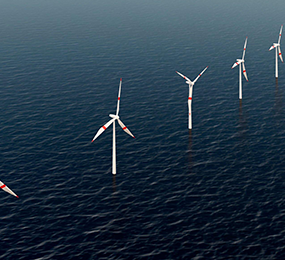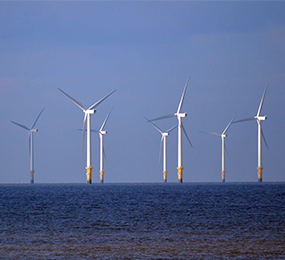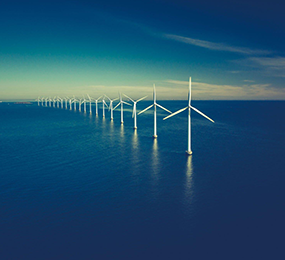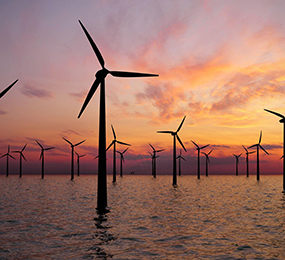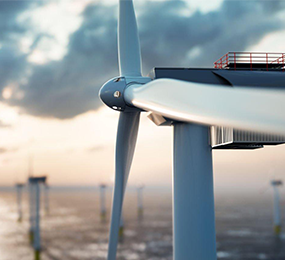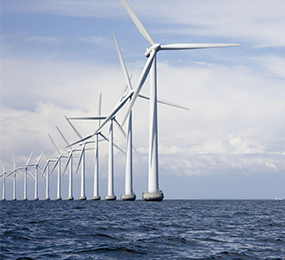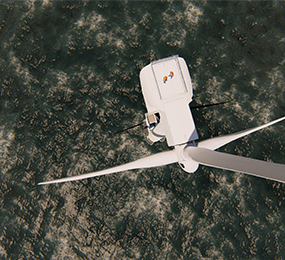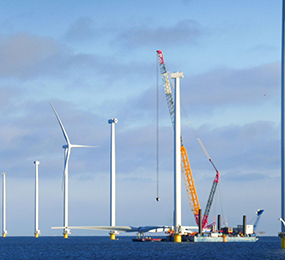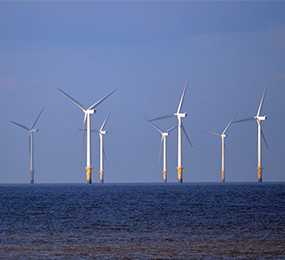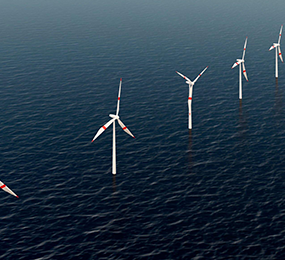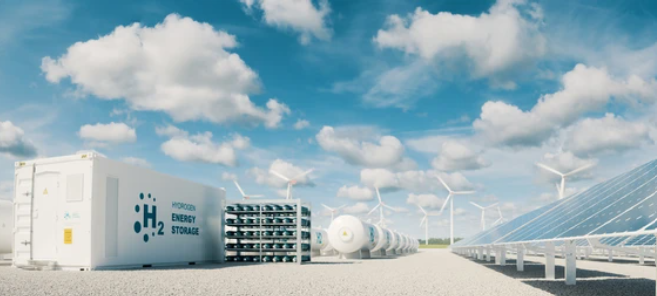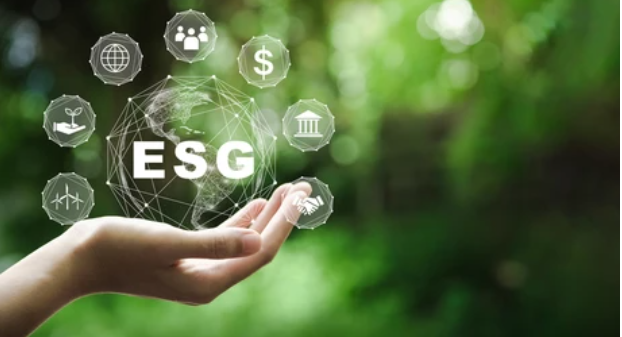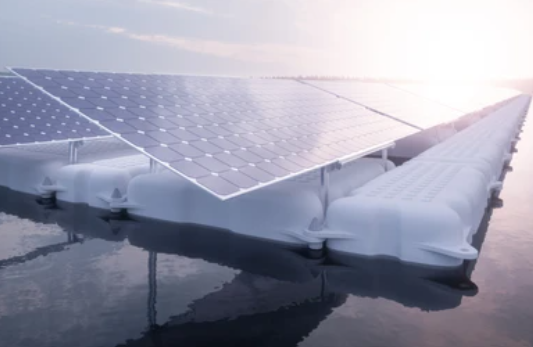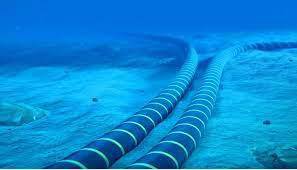The Economics of Floating Wind Power: Cost Reduction Strategies and Investment Potential
The economics of floating wind power are rapidly evolving, driven by cost reduction strategies and the increasing investment potential. As technology advances and experience accumulates, the levelized cost of energy (LCOE) for floating wind farms is expected to decrease, making them more competitive with other renewable and conventional energy sources.
Cost reduction strategies focus on several key areas. Innovations in floating platform design, materials, and construction techniques contribute to lower capital costs. Improved turbine technologies, such as larger and more efficient turbines, enhance energy capture and reduce operating expenses. Advances in mooring and anchoring systems also optimize maintenance costs.
Investment potential in floating wind power is rising as governments and investors recognize its value in decarbonizing the energy sector. Policies supporting offshore wind development and long-term power purchase agreements enhance the financial viability of projects. Public-private partnerships and collaboration between governments and industry stakeholders attract substantial investment and facilitate the growth of floating wind farms.
In conclusion, the economics of floating wind power are becoming increasingly attractive due to cost reduction strategies and growing investment potential. As the industry continues to mature, floating wind farms are poised to play a significant role in achieving renewable energy targets, contributing to a more sustainable and low-carbon energy future.
Visit our website to know more: https://www.leadventgrp.com/events/4th-annual-floating-wind-europe/details
For more information and group participation, contact us: [email protected]
Leadvent Group - Industry Leading Events for Business Leaders!


